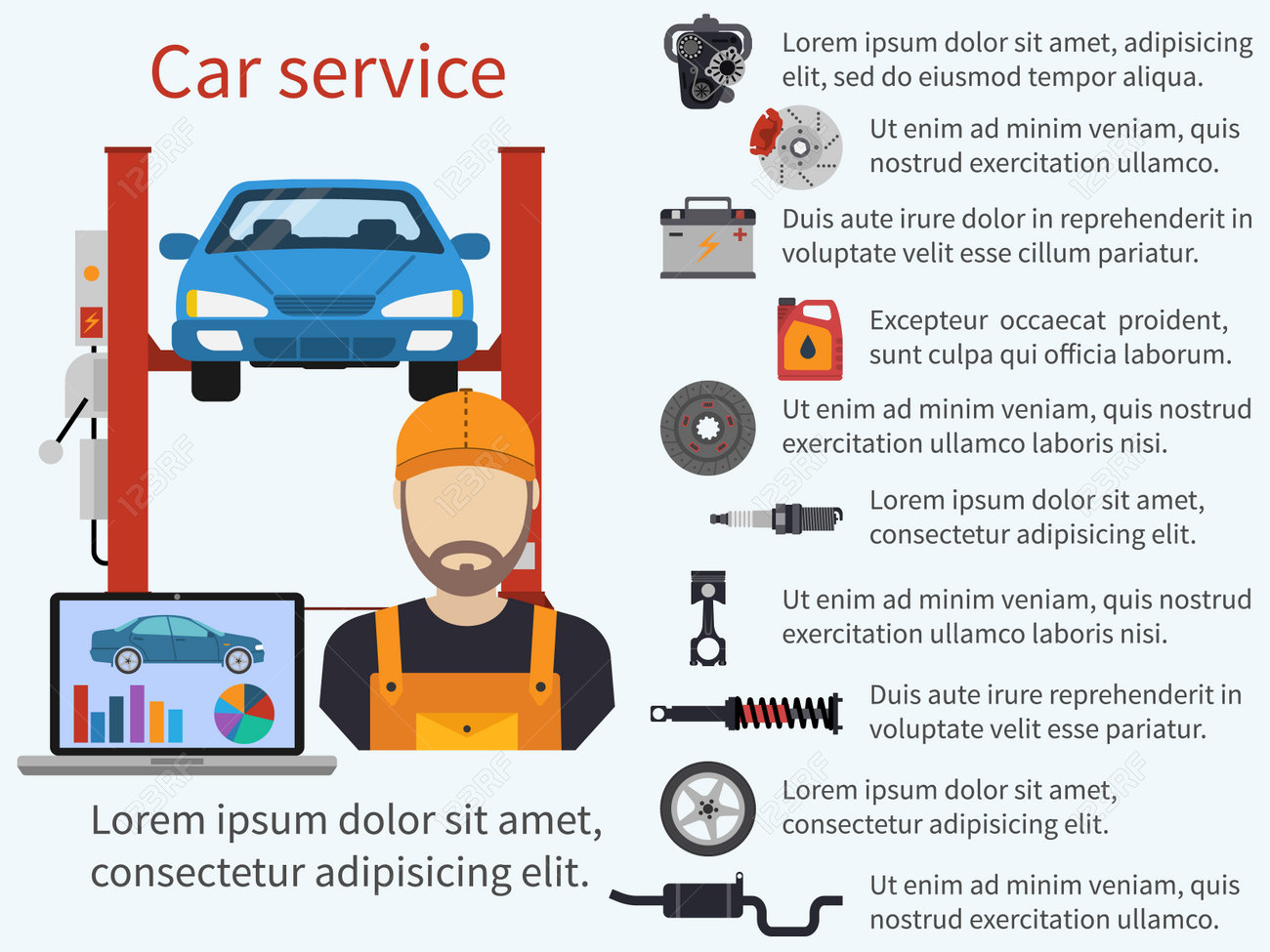Decoding The Value Of Your Vehicle'S Warning Indicators
Decoding The Value Of Your Vehicle'S Warning Indicators
Blog Article
Web Content Author-Peck Boyer
When you're behind the wheel, those beautiful caution lights on your control panel can be a little bit difficult. Do you know what they're attempting to inform you concerning your auto's health and wellness? Recognizing the value of these lights is important for your security and the durability of your vehicle. So, the following time among those lights turns up, would not you want to understand its message accurately and take the needed steps to resolve it?
Common Caution Lights and Interpretations
Recognize common warning lights in your vehicle and understand their meanings to ensure secure driving.
The most common warning lights include the check engine light, which signifies concerns with the engine or exhausts system. If this light comes on, it's crucial to have your automobile checked immediately.
The oil stress advising light suggests reduced oil pressure, requiring instant attention to avoid engine damage.
A blinking battery light may suggest a faulty charging system, possibly leaving you stranded if not addressed.
The tire pressure monitoring system (TPMS) light notifies you to reduced tire stress, impacting lorry stability and gas efficiency. Neglecting micro mechanic might cause dangerous driving problems.
The abdominal muscle light indicates a problem with the anti-lock braking system, jeopardizing your capability to quit rapidly in emergencies.
Last but not least, the coolant temperature advising light warns of engine getting too hot, which can lead to severe damage otherwise fixed swiftly.
Understanding Recommended Internet site will help you attend to issues without delay and keep secure driving problems.
Importance of Prompt Interest
Recognizing the common caution lights in your car is only the primary step; the value of without delay resolving these warnings can not be emphasized enough to ensure your security on the road.
When a warning light illuminates on your dashboard, it's your automobile's way of communicating a potential issue that needs focus. Neglecting these warnings can cause more severe problems down the road, endangering your safety and security and potentially costing you much more out of commission.
Prompt focus to warning lights can avoid malfunctions and mishaps. For example, a blinking check engine light could suggest a misfire that, if left ignored, could cause damages to the catalytic converter. Addressing this quickly can save you from a costly repair.
Similarly, a brake system warning light may signal low brake fluid or used brake pads, crucial elements for your safety when driving.
Do It Yourself Troubleshooting Tips
If you discover a warning light on your control panel, there are a couple of do it yourself fixing ideas you can attempt prior to looking for specialist help.
The primary step is to consult your car's manual to recognize what the certain warning light suggests. In some cases the concern can be as straightforward as a loose gas cap causing the check engine light. Tightening up the gas cap might solve the trouble.
An additional common issue is a low battery, which can activate numerous warning lights. Checking the battery links for corrosion and guaranteeing they're secure could fix the issue.
If a warning light persists, you can try resetting it by separating the vehicle's battery for a couple of minutes and after that reconnecting it. Furthermore, inspecting your car's liquid degrees, such as oil, coolant, and brake liquid, can assist repair alerting lights associated with these systems.
Final thought
In conclusion, comprehending your car's warning lights is crucial for keeping your automobile running smoothly and securely. By promptly addressing these signals and recognizing what they imply, you can avoid pricey repair services and potential malfunctions.
Keep in mind to consult your automobile's guidebook for certain information on each alerting light and do something about it accordingly to guarantee a trouble-free driving experience.
Stay educated, stay safe when traveling!
